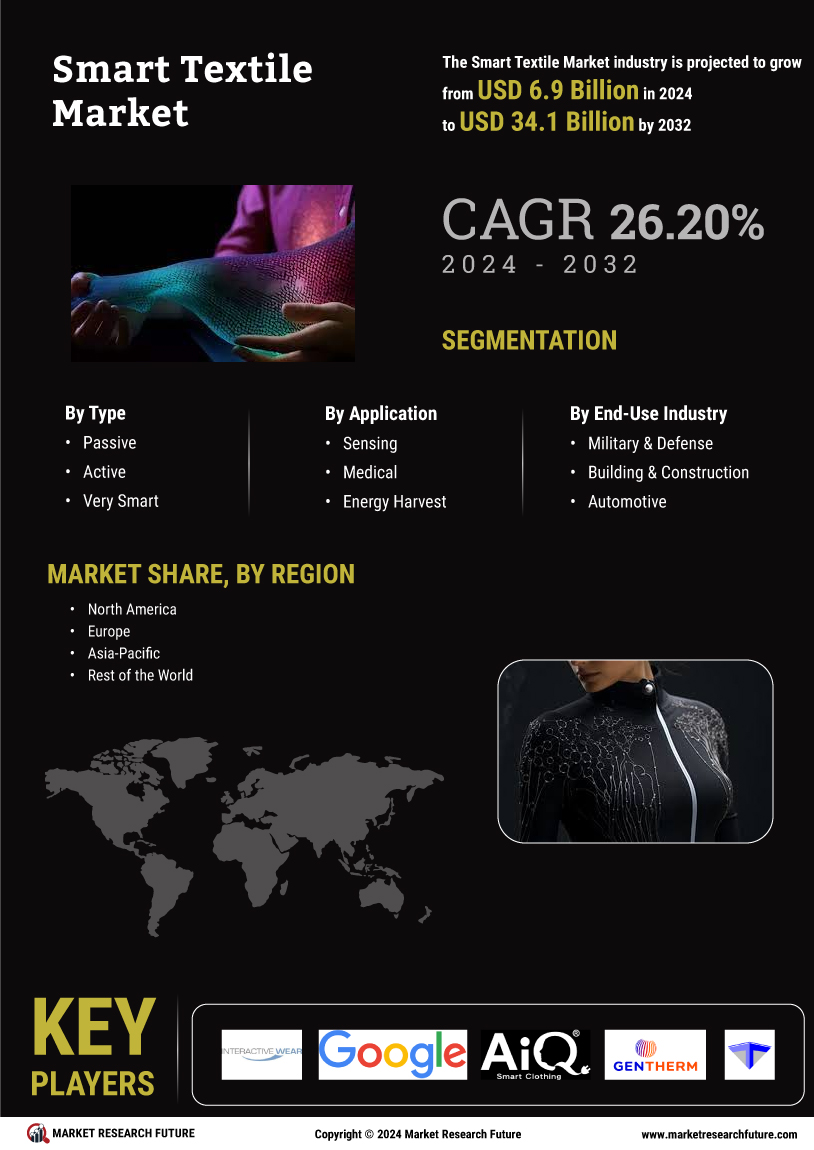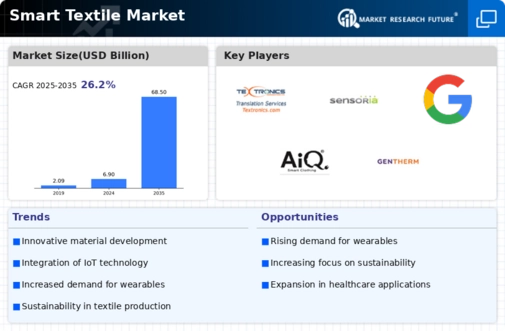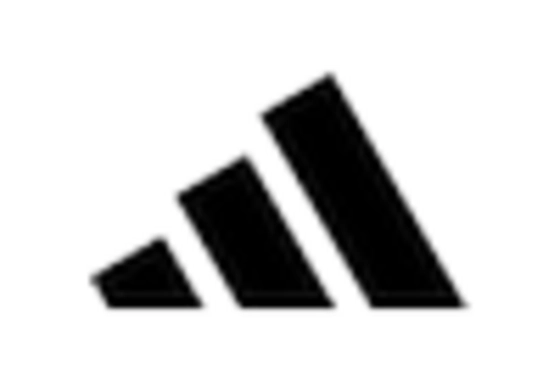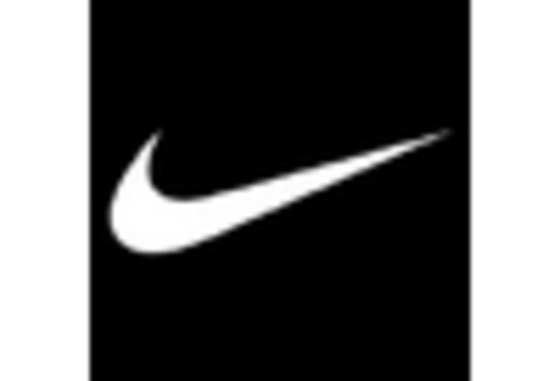Advancements in Sensor Technology
The Smart Textile Market is experiencing a surge in advancements in sensor technology, which enhances the functionality of textiles. These innovations allow fabrics to monitor various physiological parameters, such as heart rate and body temperature, in real-time. The integration of sensors into textiles is projected to drive market growth, with estimates suggesting a compound annual growth rate of over 25% in the coming years. This trend is particularly evident in the healthcare sector, where smart textiles are utilized for remote patient monitoring and health management. As the demand for wearable health technology increases, the Smart Textile Market is likely to expand, driven by the need for more sophisticated and responsive textile solutions.
Increased Focus on Health and Wellness
The Smart Textile Market is significantly influenced by the increased focus on health and wellness among consumers. As individuals become more health-conscious, there is a growing interest in textiles that can monitor health metrics and provide feedback. This trend is particularly relevant in the context of wearable technology, where smart textiles can seamlessly integrate into daily life. The market for health-monitoring textiles is projected to grow substantially, with estimates indicating a potential market size of over 10 billion dollars by 2027. This shift towards health-oriented products is likely to propel the Smart Textile Market forward, as manufacturers respond to consumer demands for innovative solutions that promote well-being.
Emergence of E-Textiles for Everyday Use
The Smart Textile Market is witnessing the emergence of e-textiles designed for everyday use, which could revolutionize how consumers interact with their clothing. These textiles incorporate electronic components that enable functionalities such as connectivity and data transmission. The potential applications range from smart home integration to fashion, where textiles can change color or pattern based on user preferences. Market analysts suggest that the e-textile segment could see substantial growth, with consumer interest in multifunctional clothing on the rise. As technology becomes more embedded in daily life, the Smart Textile Market is likely to expand, driven by the demand for innovative and interactive textile solutions.
Growing Demand for Smart Clothing in Sports
The Smart Textile Market is witnessing a growing demand for smart clothing specifically designed for sports and fitness applications. Athletes and fitness enthusiasts are increasingly seeking apparel that can provide performance analytics, such as muscle activity and fatigue levels. This trend is supported by a rising awareness of health and fitness, with the sports apparel segment projected to account for a significant share of the market. Reports indicate that the smart sportswear segment could reach a valuation of several billion dollars by 2026. As brands innovate and introduce new smart textile products, the Smart Textile Market is expected to benefit from this heightened interest in performance-enhancing clothing.
Rising Adoption of Smart Textiles in Military Applications
The Smart Textile Market is experiencing rising adoption in military applications, where advanced textiles are utilized for enhanced functionality and performance. Smart textiles can provide soldiers with critical information, such as environmental conditions and health status, through integrated sensors. The military sector's investment in smart textiles is expected to grow, with projections indicating a market expansion driven by the need for improved soldier safety and operational efficiency. This trend highlights the versatility of smart textiles, as they cater to specialized needs in high-stakes environments. As defense budgets allocate more resources to innovative technologies, the Smart Textile Market is poised for growth in this sector.


















Leave a Comment